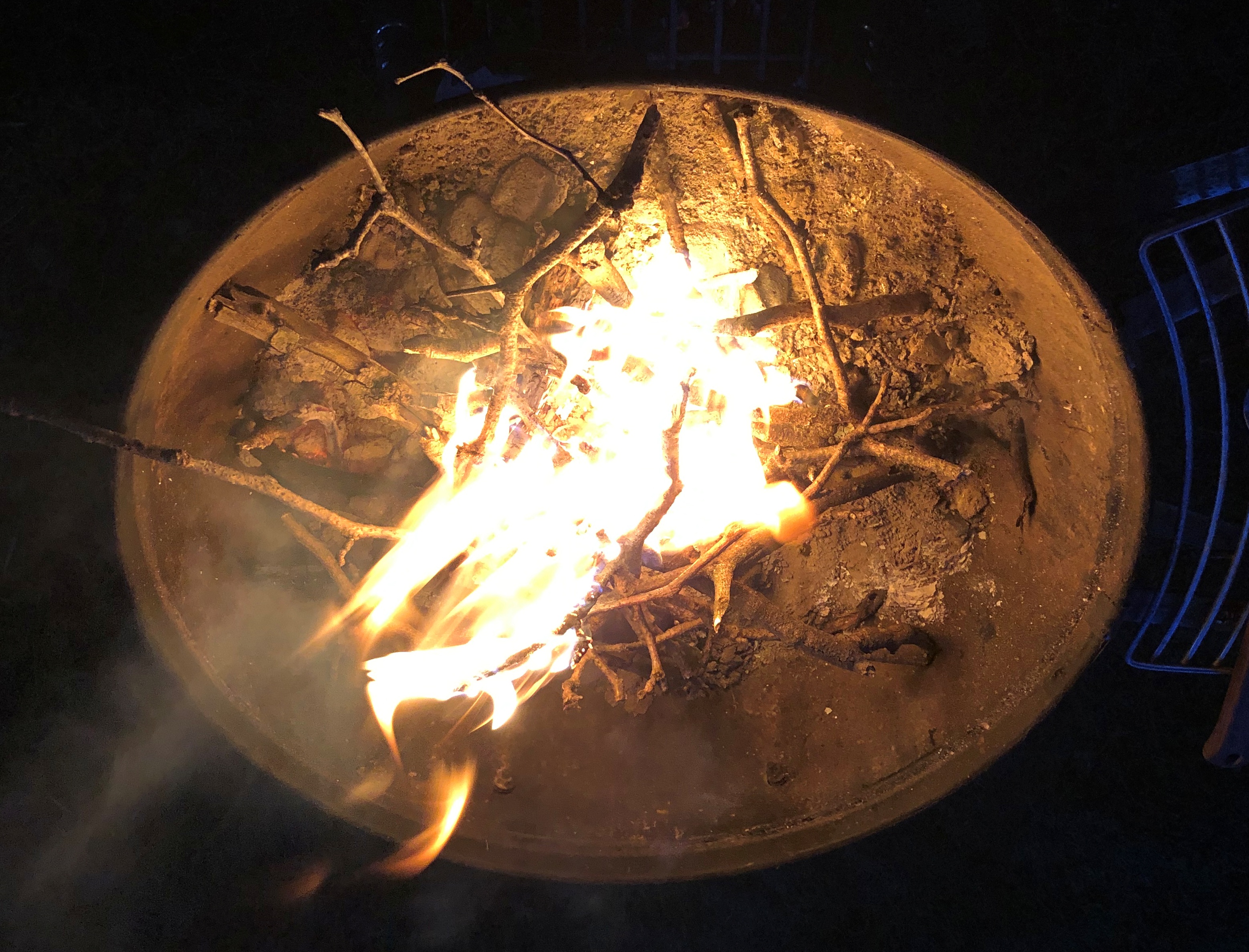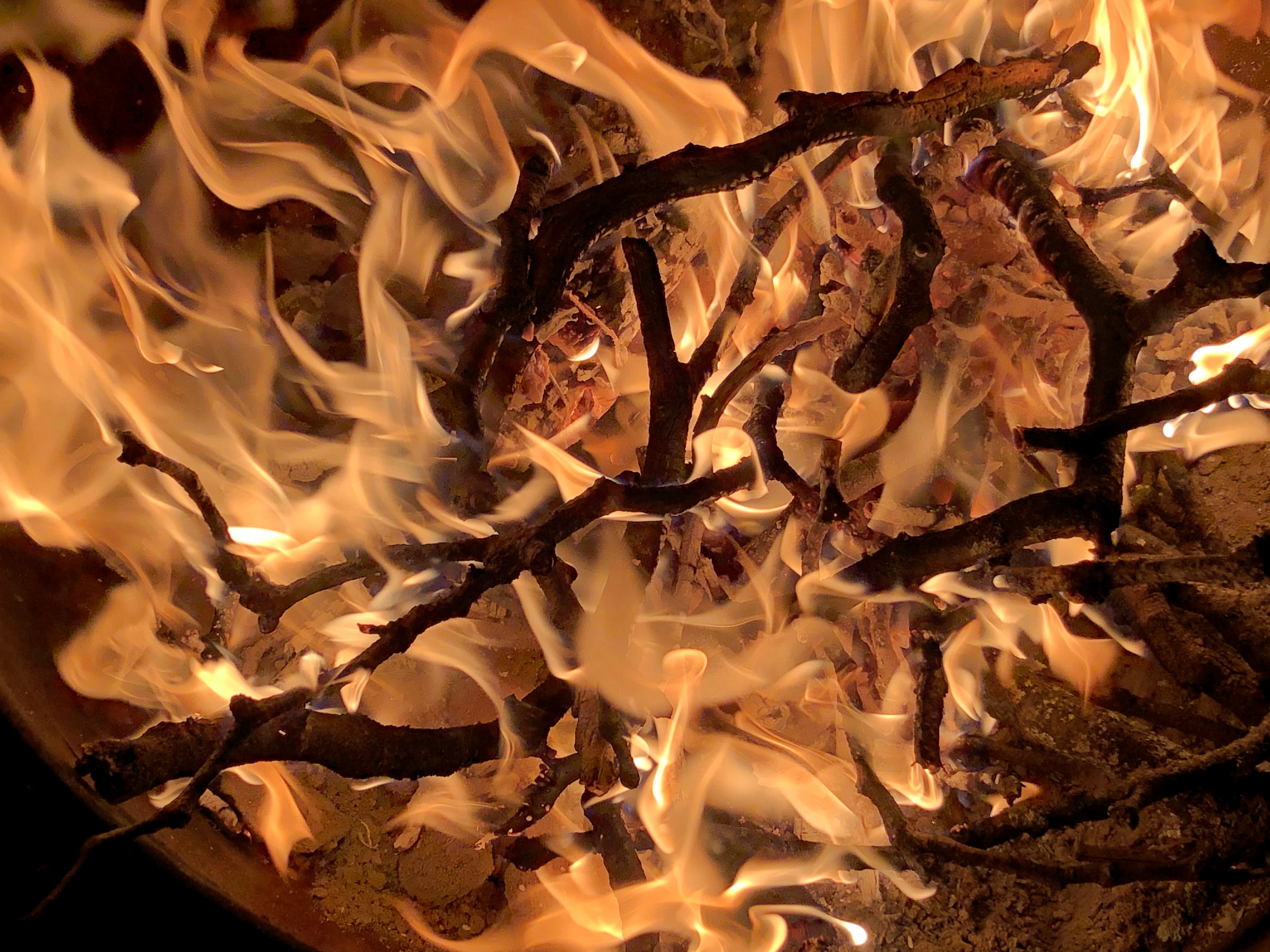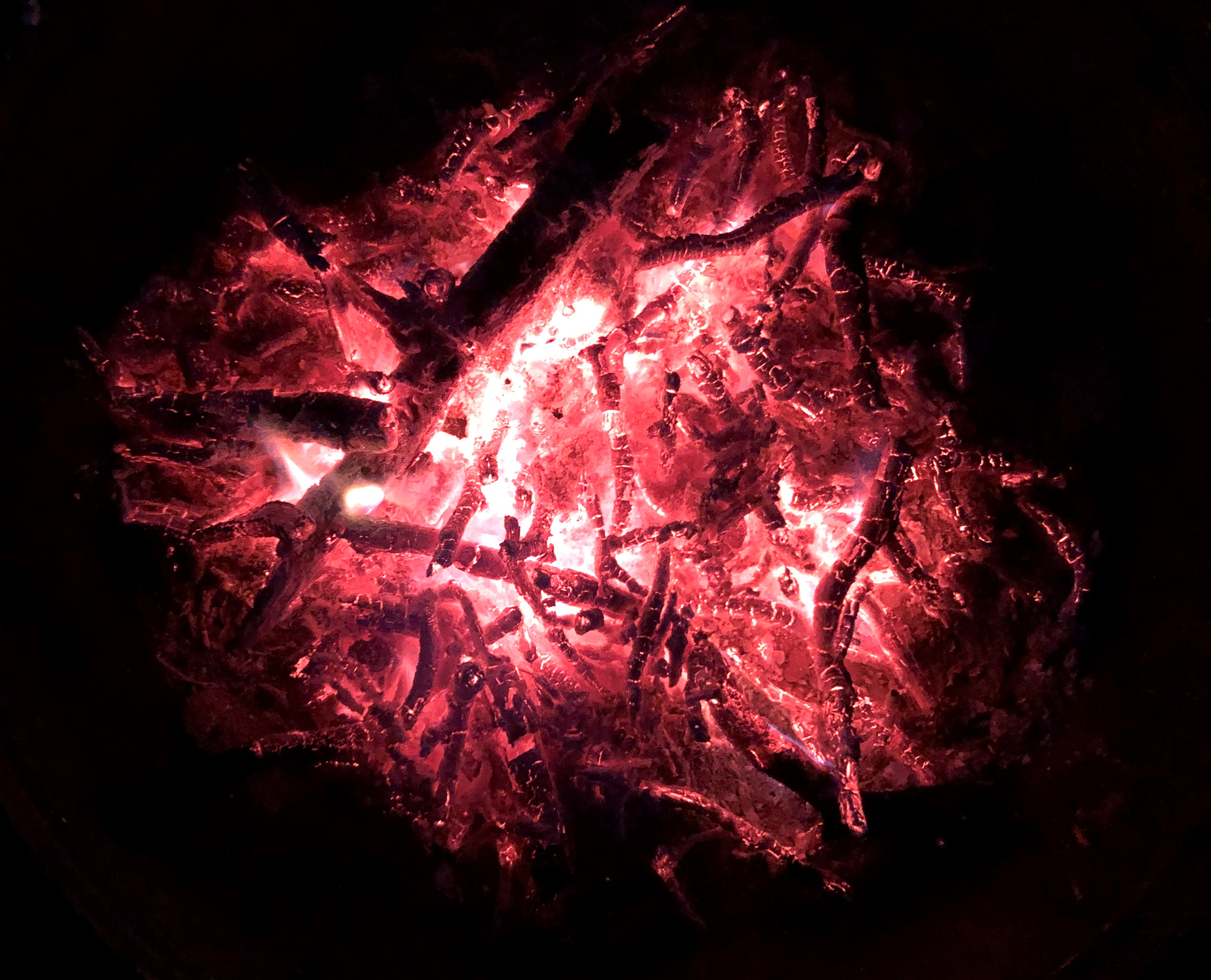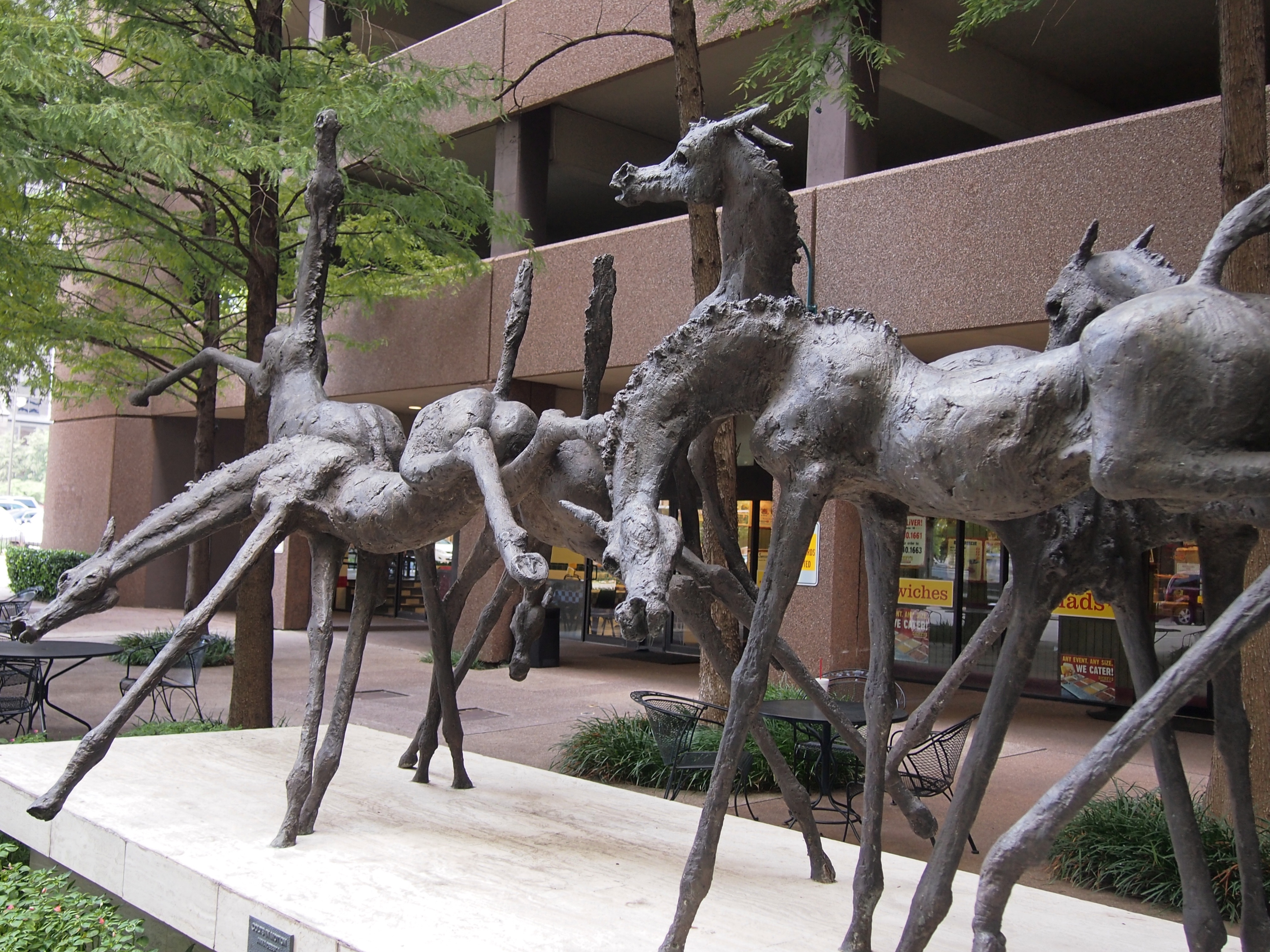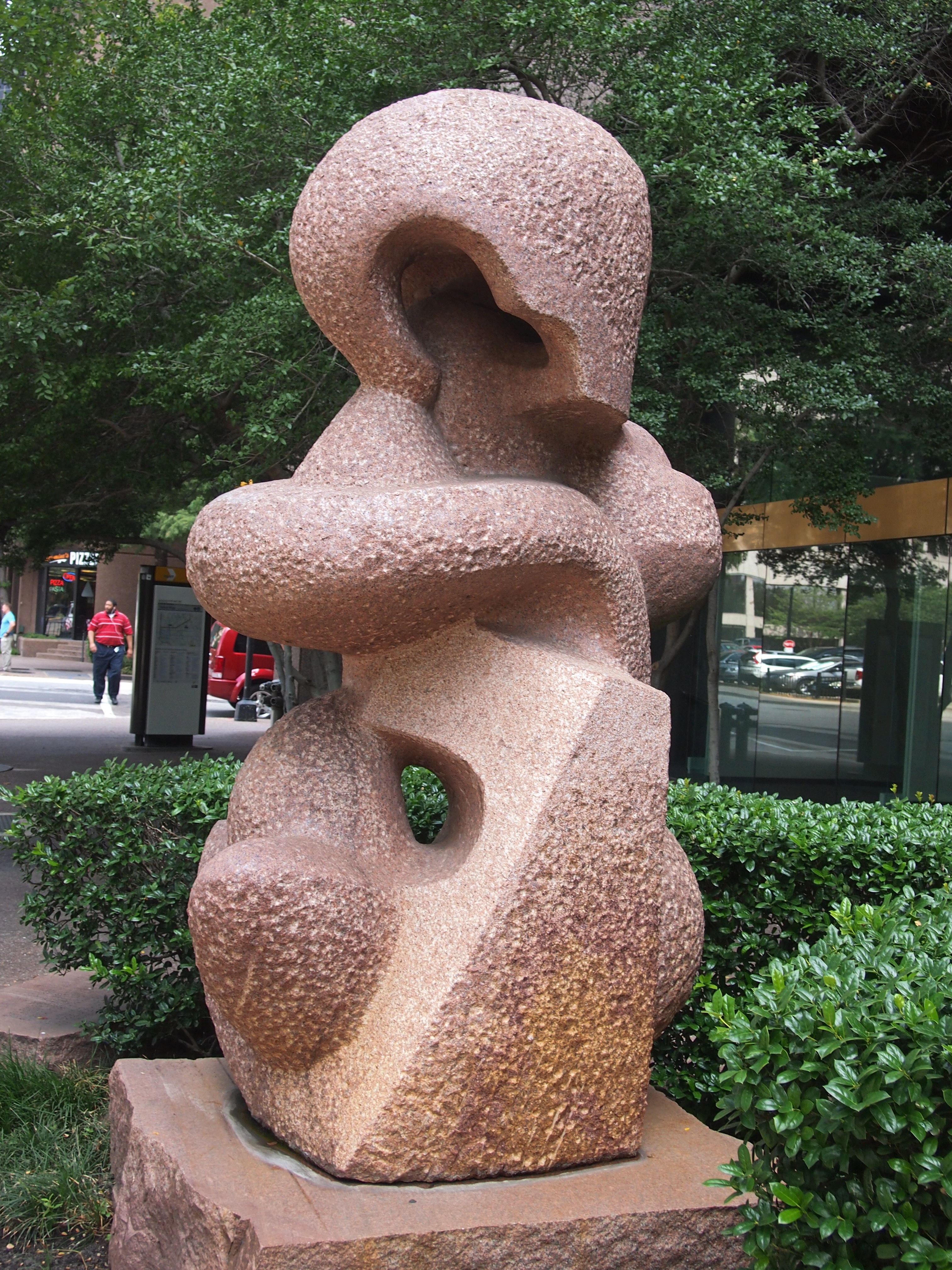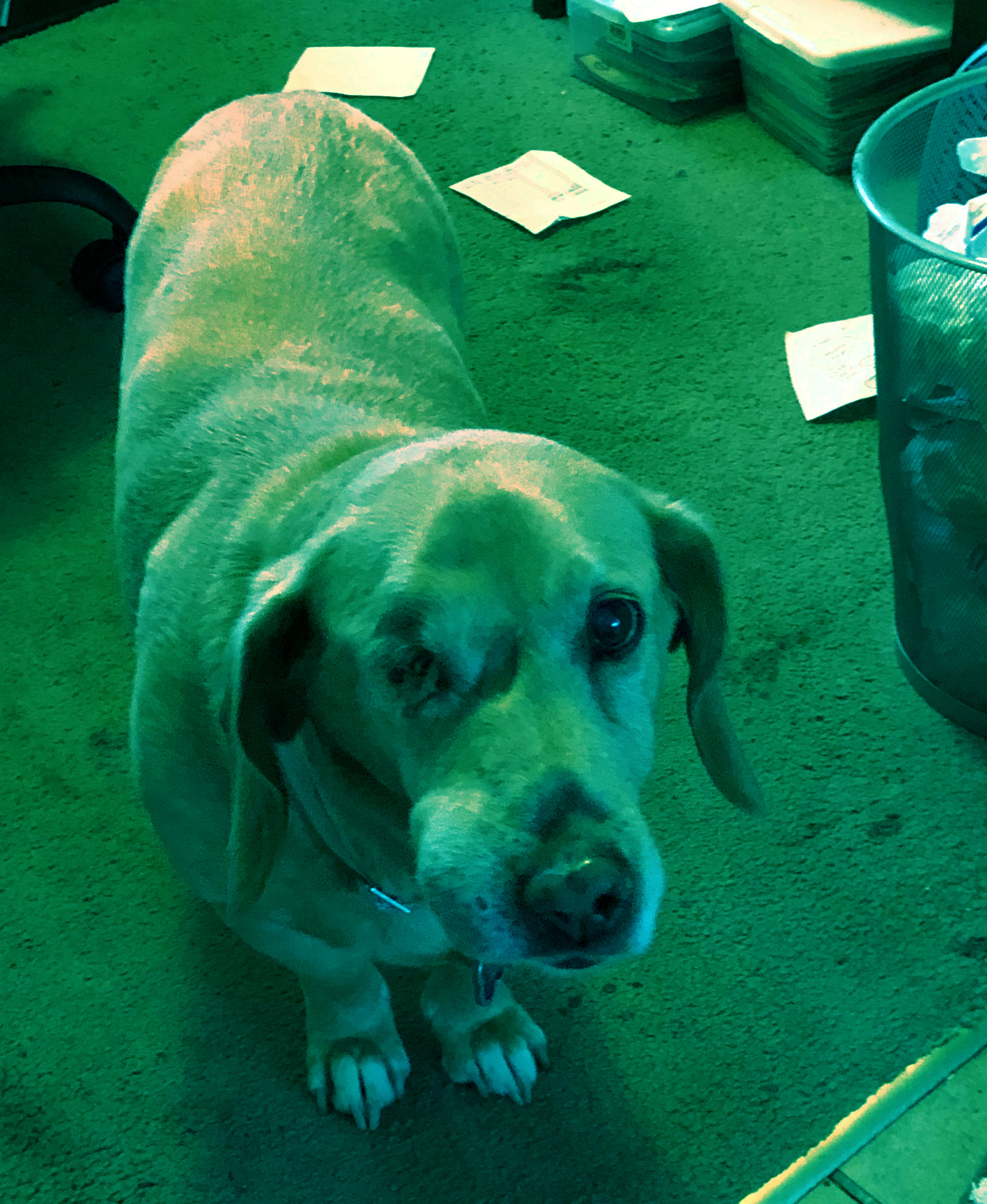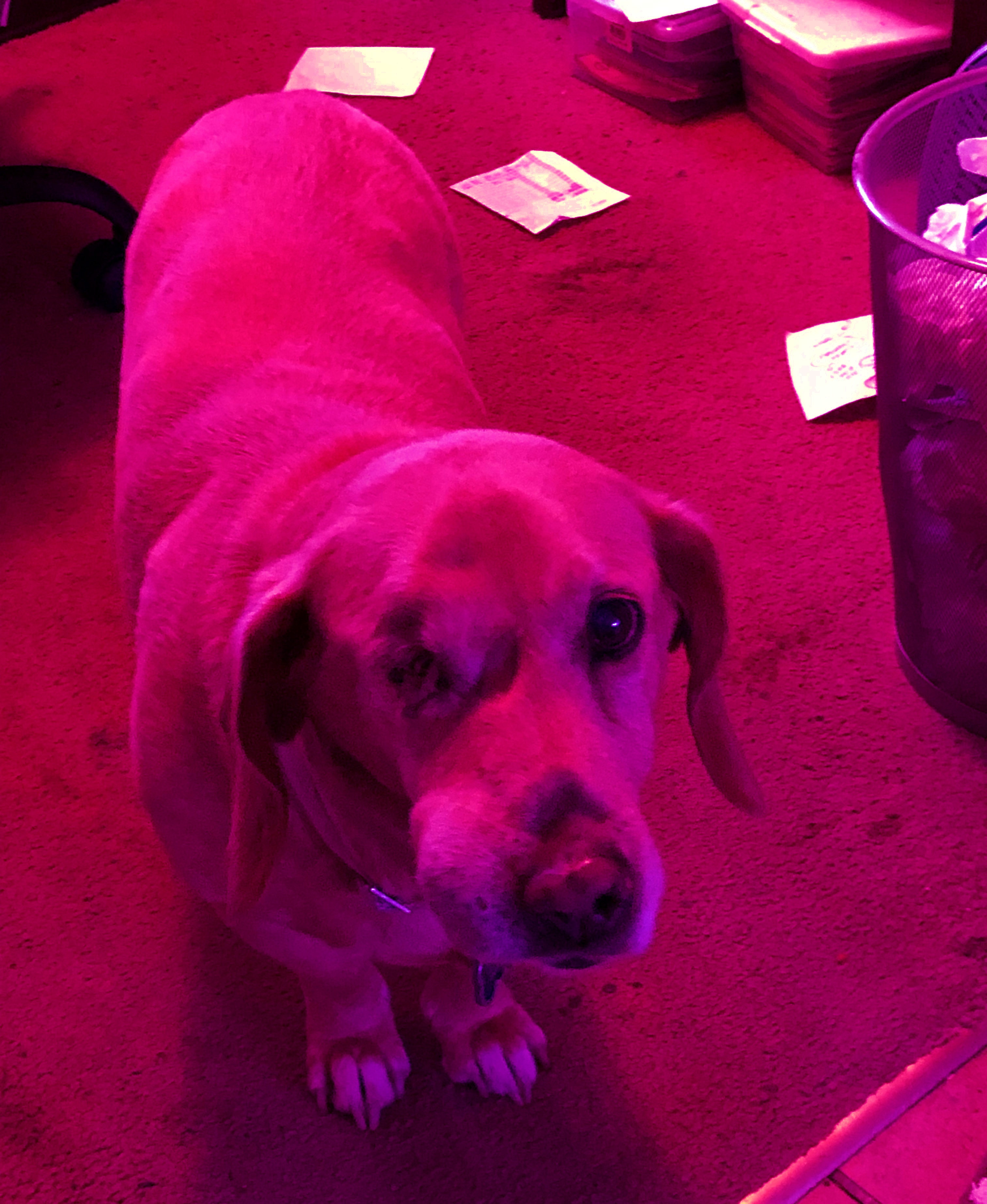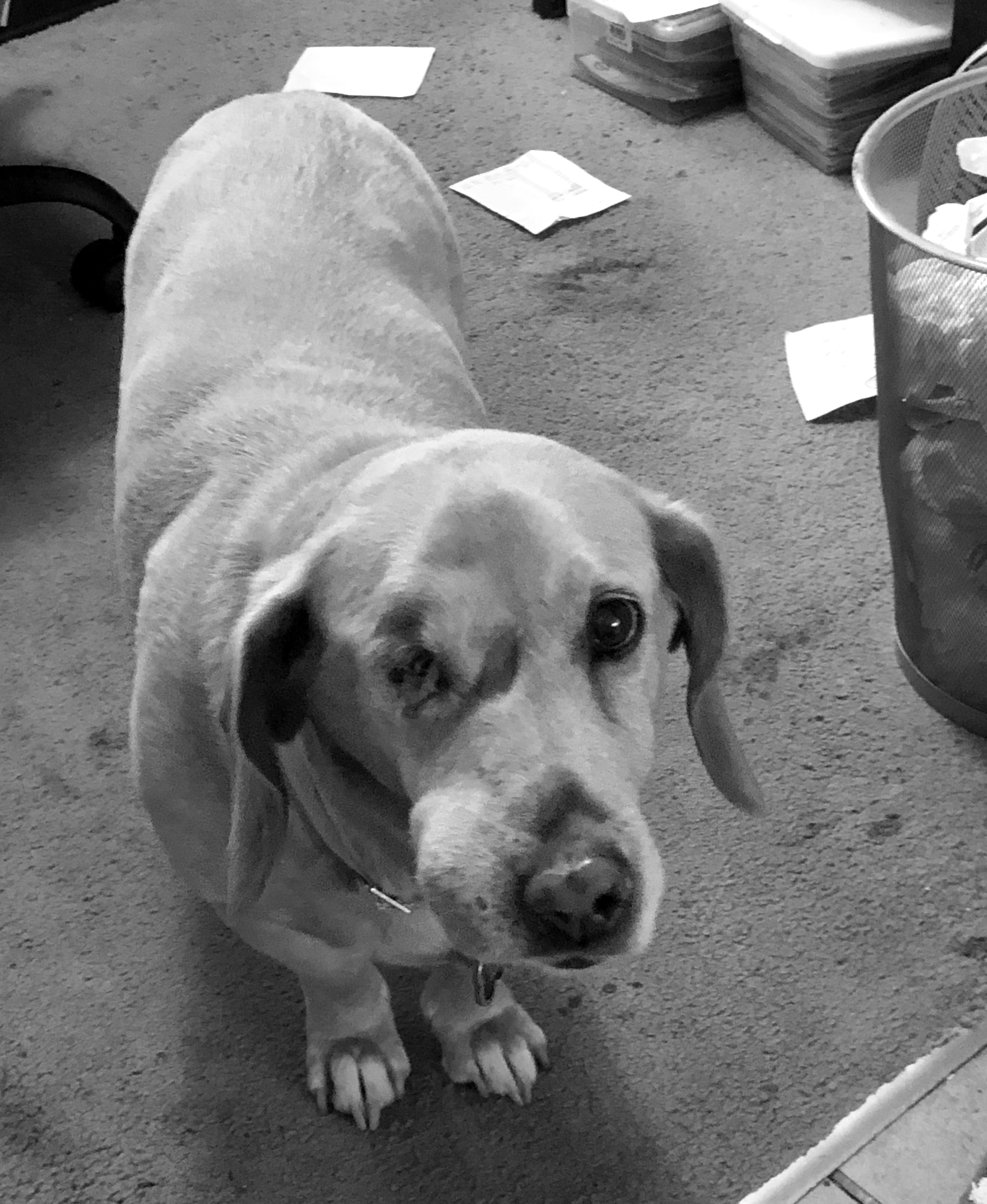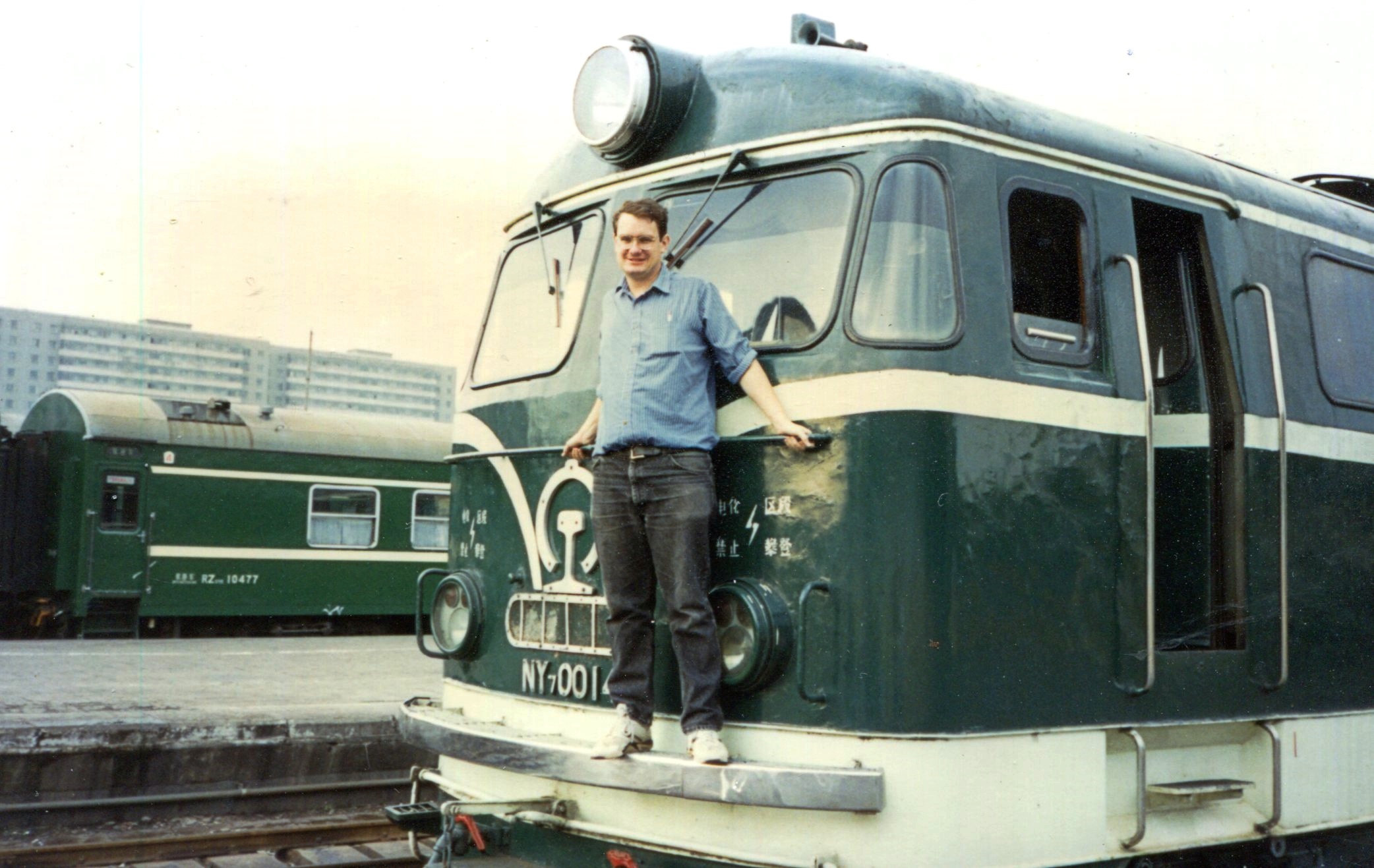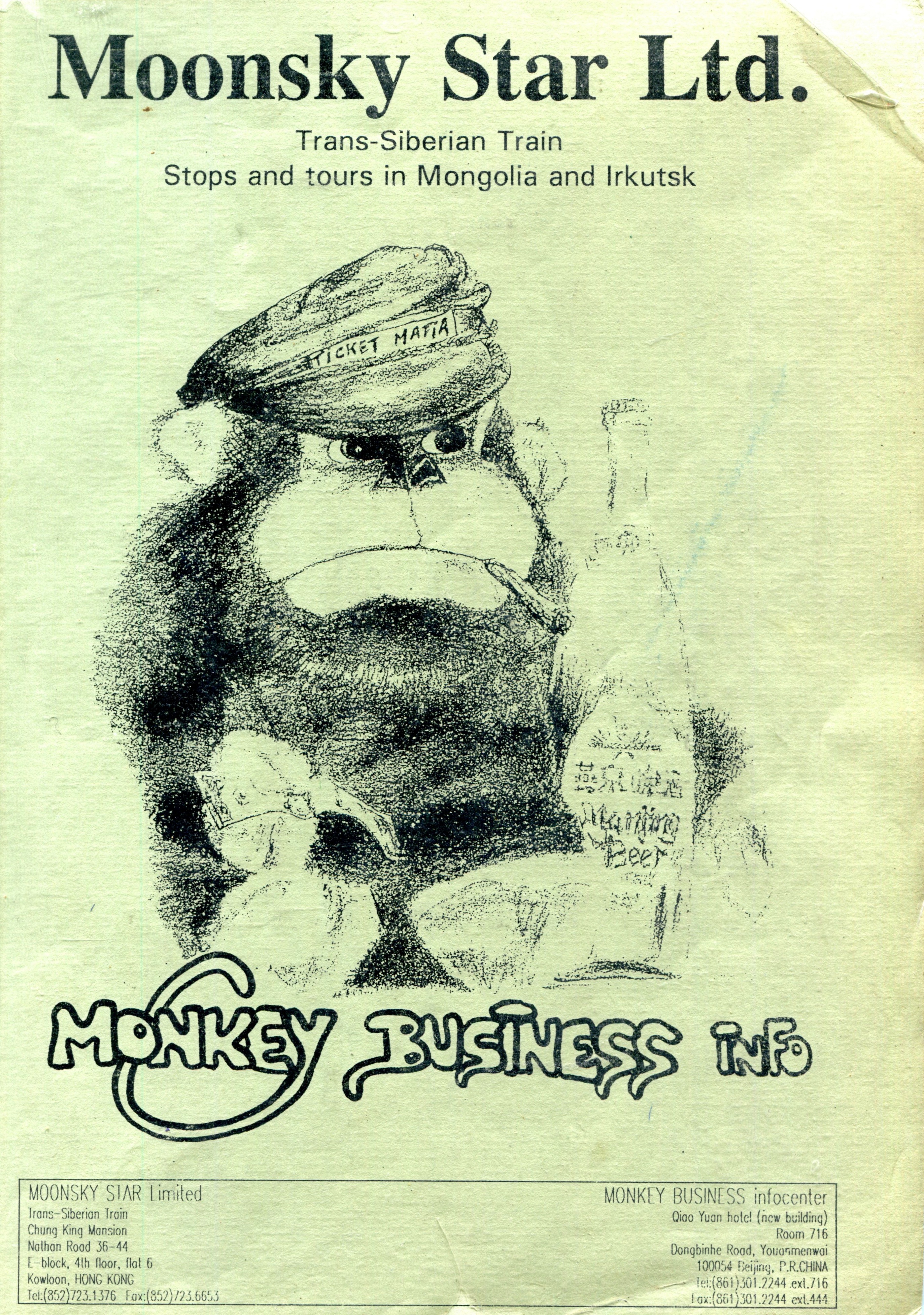International Talk Like A Pirate Day has rolled around again. Where does the time go? Soon enough, it will be Millard Fillmore’s birthday and then National Gorilla Suit Day.
The art of the headline isn’t one of my strengths, but I understand the tendency to fudge just a bit for the sake of grabbing those eyeballs. Take the “$100,000 space suit.” That’s what the reader will see, the thinking goes, relegating “almost” to a second-place consideration, if that. The text will clarify.
Unless it doesn’t. I don’t know whether formal studies of the matter have been done, but they don’t need to be. It’s clear that the exaggeration is more easily retained by human memory than the small-print facts of the matter. You could argue an evolutionary advantage in that kind of big-picture perception for savanna dwellers of yore, but I’m not smart enough to know whether that’s the case.
Here’s the fine print: the item I’m talking about isn’t, in fact, a real space suit, and probably not selling for $100,000. The other day I saw a snippet about an auction to be held next month by Heritage Auctions, “The World’s Largest Collectibles Auctioneer.” The item for sale: Astronaut Space Suit (6) Piece Ensemble from 2001: A Space Odyssey (MGM, 1968).
At a starting bid of $80,000, the item might indeed sell for $100,000 or more, so my headline isn’t completely off base.
More detail, according to Heritage: “Vintage original (6) piece astronaut space suit ensemble including… helmet, metal neck ring, tubing and applied ‘United States Aeronautics Agency – Clavius Base’ decal, leather lined interior retaining a label handwritten ‘Sean Sullivan’… These space suits can be seen prominently during the Moon crater and Moon Bus shuttle scenes… This epic piece of film history exhibits age, paint cracking to the entirety of the coveralls and gloves, crazing to the left side of the helmet visor, paint chipping to the backpack, and heavy production use.”
Cool. I hope the likes of the Seattle museum formerly called EMP acquires it for display; that would be a good outcome for the auction. I am, of course, a longstanding fan of that movie. I will not, however, ever find myself the proud owner of a faux space suit associated with it.
